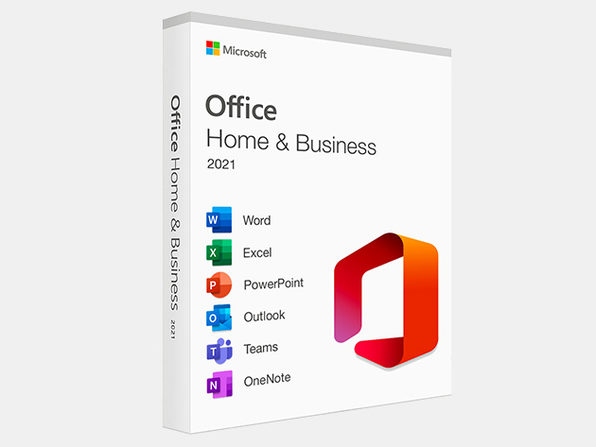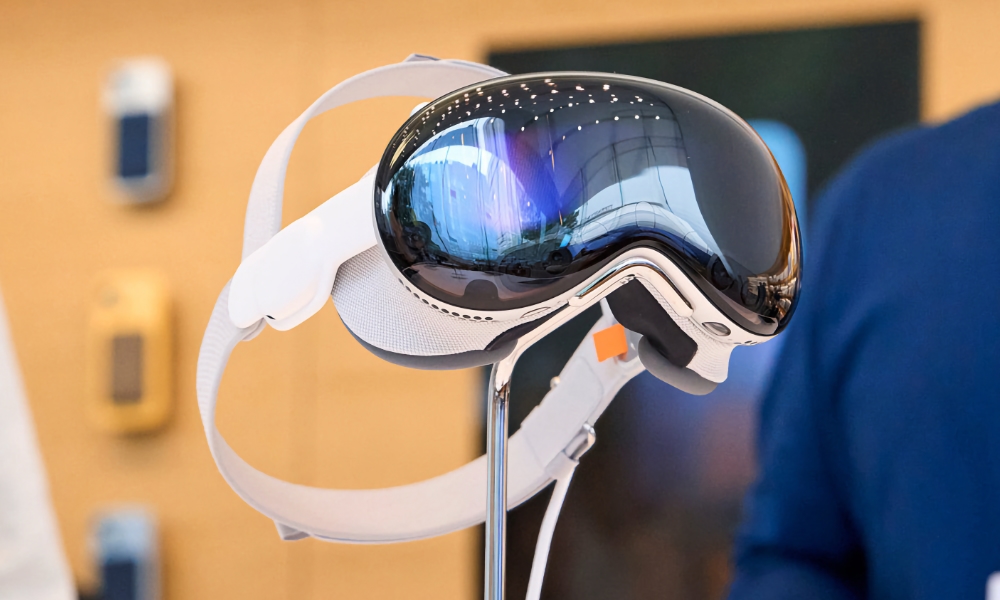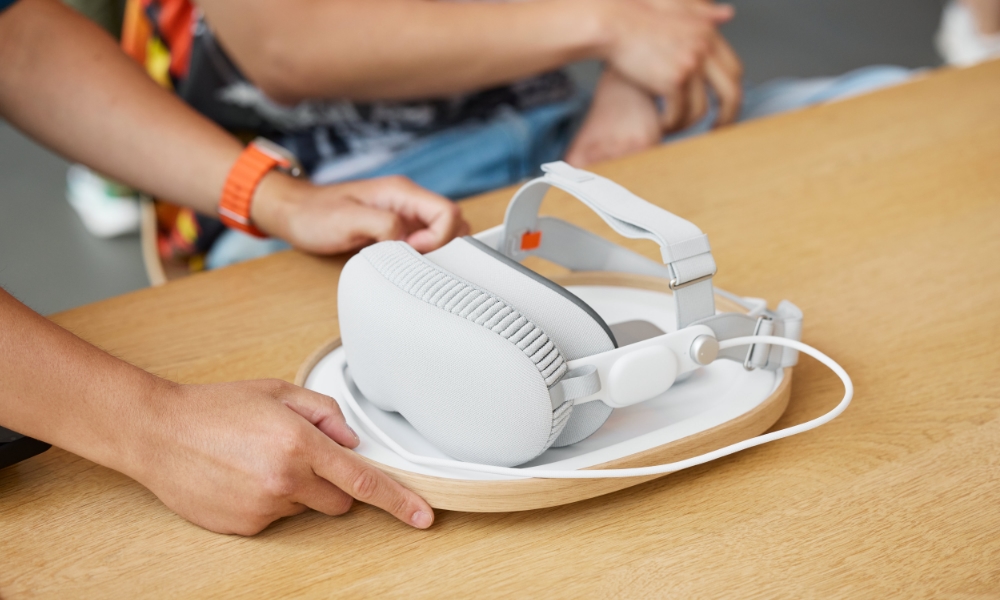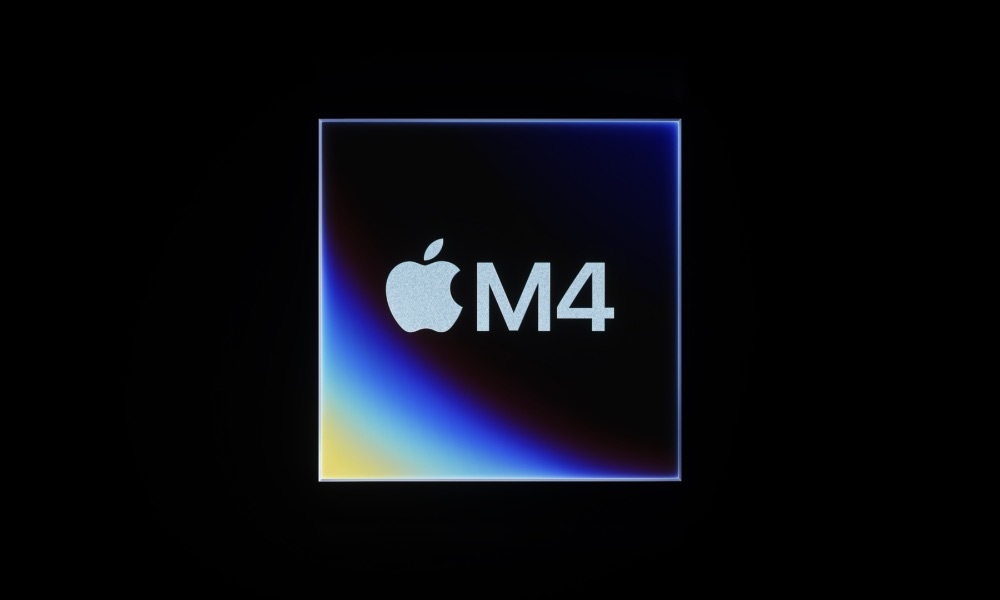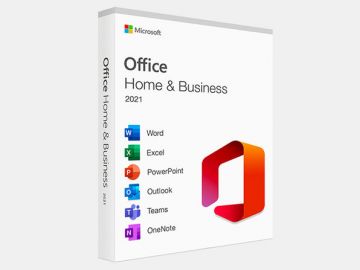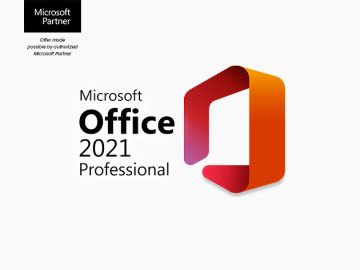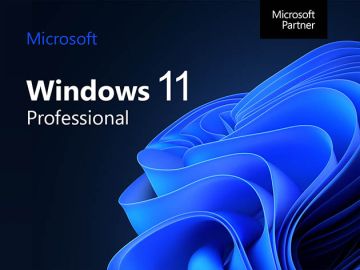Apple’s ‘Vision Pro 2’ Is Coming | Here’s What We Know
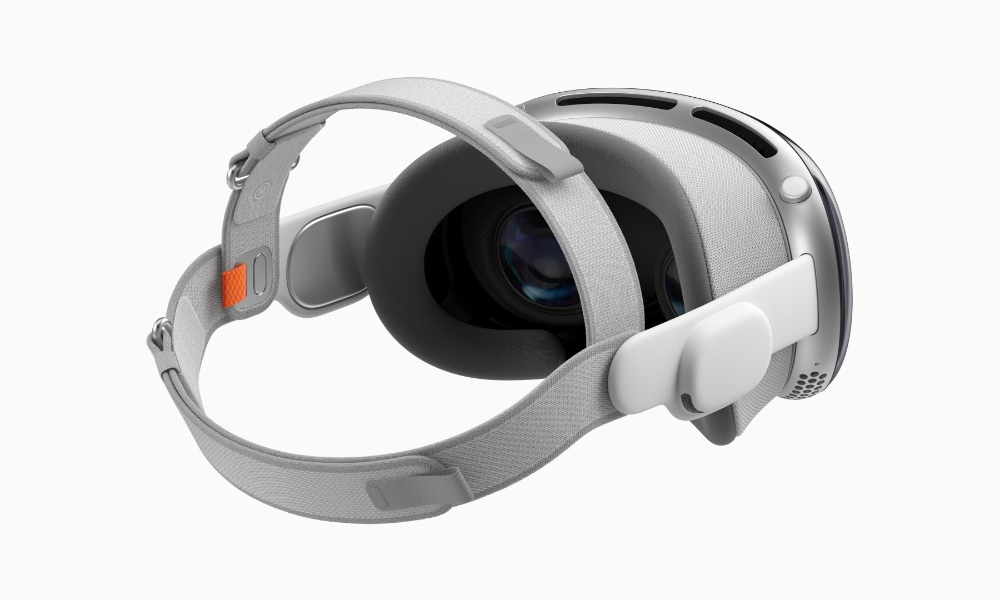
Toggle Dark Mode
It’s been just over two years since Apple unveiled its revolutionary new spatial computing headset, the Vision Pro, during its 2023 Worldwide Developers Conference (WWDC), and now reports are circulating that it has a successor in the works, which could arrive later this year.
The Apple Vision Pro went on sale in the US in February 2024, gradually expanding to several other countries over the course of the year. The headset generated a lot of interest among early adopters, but received a lukewarm response beyond that group. Even many who jumped on the spatial computing vision early on found themselves experiencing buyer’s remorse as the headset failed to live up to the dream.
To be fair, Apple never expected to hit one out of the park with the first-generation Vision Pro. Insiders said that Apple had only expected sales of half a million units at most — a target that it has effectively met.
It’s been so long since we’ve seen Apple enter a new category that it’s easy to forget the Vision Pro followed the same playbook as the Apple Watch and even the iPhone. Both of those devices were released with limited features and sold more to enthusiast audiences. Mainstream consumers gave the 2007 iPhone and 2015 Apple Watch a hard pass, and many pundits panned both devices, much like they have with the Apple Vision Pro over the past year.
Still, it wasn’t difficult to see the point of the iPhone and the Apple Watch. The first versions may have been limited, but they were in a category that filled a need. It’s debatable whether we can say the same about the Vision Pro, or if Apple is merely much farther ahead of the curve than usual. The iPhone was trying to redefine a mobile computing paradigm (and it succeeded); the Vision Pro is trying to create an entirely new one.
What’s Next for the Vision Pro?
We can debate whether the Vision Pro is practical or worth the asking price, but there’s no arguing that it’s revolutionary and magical. Apple pulled out all the stops in designing and building the Vision Pro. That’s why it’s significantly pricier than any other headset, but this is evident in every aspect, from the industrial design to the user experience.
If anything, it’s the software that’s the headset’s weakest link. Apple has been fast and furious in delivering new capabilities through visionOS updates, but third-party developers haven’t been nearly as eager to embrace the platform.
Another thing holding the Vision Pro back is that Apple has packed in so much technology that it’s unbearably heavy to wear, especially for extended periods. People with strong necks may not mind, but the “headache-inducing” weight has been one of the top reasons customers have been dissatisfied with the headset, and it was one of the top five reasons cited for returning it to Apple.
Of course, we also can’t ignore the elephant in the room: the $3,500 asking price. By all accounts, Apple isn’t making a ton of money on the Vision Pro; that’s just how much it costs to pack in so many cameras, sensors, and 8K displays. Having tried the Vision Pro, I can confirm that this shows in the experience, but it’s also easy to see how it’s far more than most people are willing to pay. A Porsche 911 GT3 is a very well-engineered car that justifies its high price tag, but it’s overkill for most people.
We’ve heard rumors that Apple has had a lower-cost version of the headset planned since before the Vision Pro was unveiled, but it’s never been clear precisely what those plans were. Reports have flip-flopped over the past year, from ones that said Apple was actively exploring a lower-cost version and putting the second-gen Vision Pro on the back burner to contradictory reports that claim it’s reconsidering the lower-cost version and focusing instead on ways to improve the flagship model.
Although a more affordable standard headset seems inevitable — a “Vision Air” to the “Vision Pro,” if you will — more recent reports suggest that Apple is still more committed to getting the “Vision Pro 2” out. In September, analyst Ming-Chi Kuo predicted that an M5-powered Vision Pro could arrive in late 2025, a prediction more recently corroborated by an April report suggesting that the new headset is already in production.
This week, Bloomberg’s Mark Gurman weighed in with a report that essentially confirms this information with only one relatively small caveat. According to Gurman, the updated Vision Pro will feature the M4 chip, which is currently used in the iPad Pro and MacBook Pro, rather than the M5 that Kuo predicted.
That’s still going to be a healthy update over the M2 chip found in the current Apple Vision Pro, which was already riding into the sunset when the Vision Pro went on sale last year. Today, the only current device that still uses any form of the M2 chip is the Mac Pro, which was announced at the same 2023 WWDC keynote as the Vision Pro, and uses the more powerful M2 Ultra. It’s also now the oldest Mac that Apple still sells.
When Kuo predicted the move to the M5 chip, he also added that this was expected to be the only significant change to the second-generation Vision Pro. Gurman corroborates that, saying that the focus will be on the faster processor and “components that can better run artificial intelligence,” suggesting that Apple may increase the number of cores inside the neural engine.
However, the physical design of the Vision Pro is expected to remain unchanged. This means it will likely be as heavy and costly as the original model. Apple is looking to address this, Gurman says, by developing new straps to help take the load off.
The company is also prototyping new straps that are designed to reduce neck strain and head pain. Discomfort from the roughly 1.4-pound device has been one of the biggest complaints about the first Vision Pro. The hope is to address that problem without meaningfully reducing the weight of the hardware — at least with the first update.
Mark Gurman
Apple appears to be taking a measured approach in developing the Vision Pro. “The second generation’s minor changes are unlikely to make the headset a consumer hit,” Gurman says, but Apple is hoping that the move to an M4 and the new features in visionOS 26 will entice corporate customers and app developers to get on board.
Ultimately, it seems that the “Vision Pro 2” will serve as a placeholder to buy Apple more time to develop its lighter and cheaper “Vision Air” model, which isn’t expected to be ready until at least 2027.
[The information provided in this article has NOT been confirmed by Apple and may be speculation. Provided details may not be factual. Take all rumors, tech or otherwise, with a grain of salt.]

